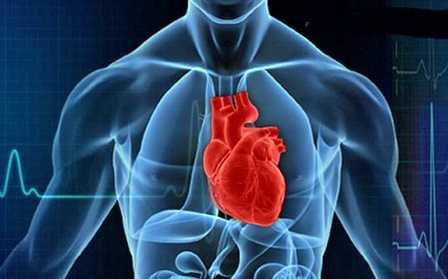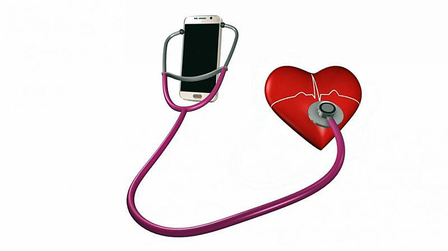There have been numerous technologies that provide, or at least claim to provide reliable security for your devices, personal information, financial data, medical records, and other facts and fictions of life. Fingerprint sensors and readers, handprint sensors, iris scans, and facial recognition are some of the more popular ones and for the most part, they do a good job. But that won’t stop anyone from coming up with another novel scheme.
According to researchers at the University of Buffalo (NY), their non-contact, remote biometric tool is the next big wazoo in computer security. They claim we should forget fingerprint and retinal scanning because their computer security system uses the dimensions of one’s heart as an identifier.

The system uses low-level Doppler radar to measure a user’s heart, and then continually monitors it to make sure no one else is attempting to operate the user’s computer. The system needs about eight seconds to scan a heart the first time, and thereafter it can continuously recognize that heart. Essentially, it uses the geometry of the heart, its shape and size, and how it moves to identify the user.
The technology is described in a paper that the inventors will present next month at the Annual International Conference on Mobile Computing and Communication. Reportedly, the system is a safe and potentially more effective alternative to passwords and other biometric identifiers. According to the paper’s lead author, Wenyao Xu, signal strength of the system’s radar is much less than Wi-Fi and does not pose any health threat. The reader operates at around 5 mW, which is less than 1% of the radiation from a smartphone. It may eventually be used for smartphones and at airport screening barricades.

In the past and currently, heart-based biometrics systems employ electrodes to measure electrocardiogram signals. The University of Buffalo invention is unique in that it is a non-contact system, a passive, non-contact device. Users need not be bothered with authenticating themselves whenever they log in. Additionally, it monitors users constantly, making sure the computer will not operate if a different person is in front of it. As a result, users do not have to remember to log off when stepping away. Xu plans to miniaturize the system and have it installed onto the corners of computer keyboards.
On the topic of hearts and health, be sure to attend the Innovative Sensor Applications in Health & Medical Workshop at Sensors Expo Midwest, moderated and hosted by Bunny Ellerin, Director Healthcare & Pharmaceutical Management Program at Columbia Business School .Come, learn, and innovate at Sensors Midwest. ~MD